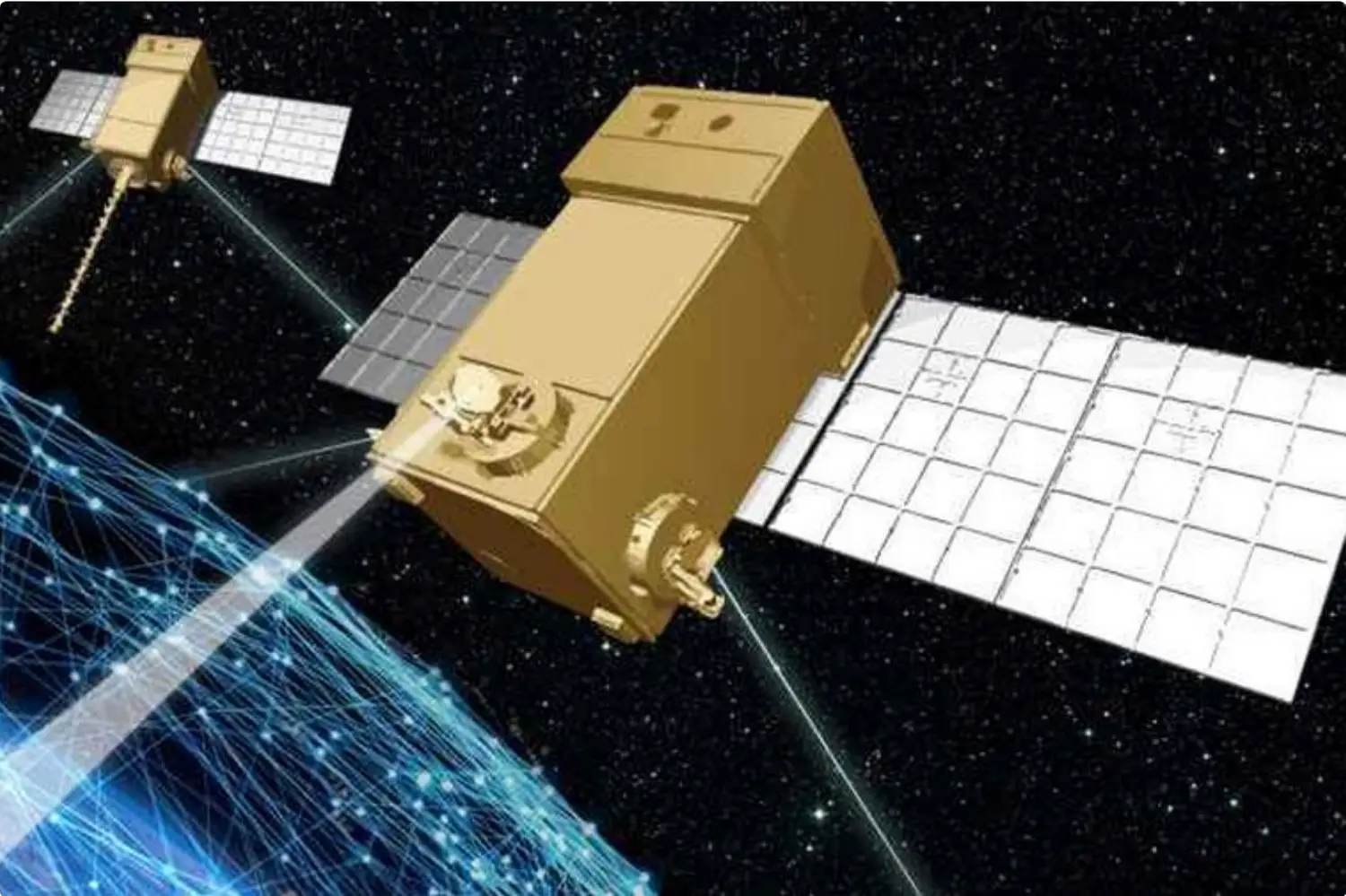
REPORT HOME > News
September 2023 | technology report | Space systems
by The Shephard News Team
Lockheed Martin has unveiled a new facility for small satellite processing, featuring scalable assembly lines and dedicated testing capabilities to support high-rate delivery and the development of space programmes.
Above: Lockheed Martin will build Transport Layer satellites for the Space Development Agency at the new facility. (Image: Lockheed Martin)
The company plans to move the manufacture of Transport Layer satellites for the US Space Development Agency (SDA) into the new facility. The company is currently manufacturing 10 Tranche 0 satellites at another facility but the 42 Tranche 1 units will be built at the new factory along with other small satellites and Cubesats.
SDA’s Transport Layer will provide military users with low-latency communication links through a resilient network of integrated capabilities from low-Earth orbit. Tranche 1 satellites are expected to begin launching in 2024.
The 20,000-square-foot low bay clean room, located on the company’s Waterton campus, in Littleton, Colorado, will feature six scalable parallel assembly lines and is configurable to host different classifications of missions concurrently.
RELATED ARTICLES
Lockheed Martin multirole satellite passes testing milestone
SOF Week 2023: USSOCOM plans to boost investment in cyber and space capabilities
Paris Air Show: Hanwha Phasor gears up to launch new multi-orbit SATCOM solution
The facility hosts dedicated testing capabilities, including thermal cycle and electromagnetic chambers, scaled to efficiently build and test satellites ranging in size from CubeSats to smallsats. The tailored fit is designed to reduce waste and optimises energy and space, supporting the delivery of 180 satellites or more per year.
Next article below > Northrop Grumman delivers components for Arctic satellite broadband mission
SEPTEMBER 2023 | technology report | SPACE SYSTEMS
by The Shephard News Team
Northrop Grumman has delivered major components and begun pre-launch preparations for the Arctic Satellite Broadband Mission (ASBM), a crucial effort in delivering protected satellite communications to the challenging northern polar region.
Above: ASBM-1 satellite enters thermal vacuum environmental testing at Northrop Grumman’s satellite manufacturing facility. (Photo: Northrop Grumman)
The two-satellite ASBM constellation will deliver protected SATCOM to the northern polar region and is a combined effort between the US Space Force, Space Norway and Northrop Grumman.
ASBM uses the Northrop Grumman GEOStar-3 platform, which includes the main structure and systems required to maintain operation, such as power, propulsion, communications, command and data handling and thermal control as well as guidance and navigational control. Northrop Grumman also provides the payload and ground system.
The Control and Planning Segment (CAPS) ground system was delivered to the USSF in March following successful completion of the site acceptance test and functional configuration audit/physical configuration.
RELATED ARTICLES
Northrop Grumman to provide Norway satellites
CAPS is currently transitioning to the operations phase which opens the door for using the ground system for early operations with the two on-orbit operational payloads along with the capability to support the two Enhanced Polar System Recapitalization (EPS-R) payloads after the ASBM launch.
As well, integration of the EPS-R payload on ASBM-1 and ASBM-2 has finished and thermal-vacuum environmental testing on ASBM-1 has been successfully completed.

